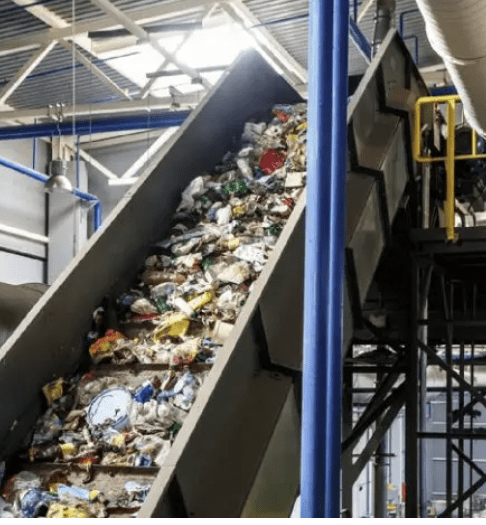Washing in the plastic recycling process
Among the crucial steps in plastic recycling is washing. What is this step and why is it so important?
Plastic recycling: overview
Plastic recycling is generally broken down into several stages: collection, sorting, crushing, washing, extrusion and finally transformation into new products. Each step is important, but washing is particularly crucial for certain waste that could not be recycled without it.

Why do we have to wash plastic?
Recovered plastics, whether from bottles, packaging or other objects, often carry traces of dirt, food, oil, glue, ink or other products. These impurities, if not properly removed, can compromise the quality of the final recycled product.
Poorly washed plastic can have:
- reduced mechanical resistance,
- poor aesthetics quality,
- it can also release toxic substances when it is remade.
Washing therefore ensures better homogeneity and quality of the recycled plastic.
How do you wash plastic?
There are 5 main stages, once coarse shredding has of course been carried out first:
1- Pre-wash step
This is the first immersion of crushed plastic in water, aiming to remove large debris and reduce the load of impurities before the main wash, thanks to positive and negative flows. The aim is to isolate plastics from metals and other materials.
2- Intensive washing
At this stage, the plastics are crushed under water, and subjected to centrifugation, sometimes with the addition of detergents or other cleaning agents. The goal is to remove most adhering contaminants. They are then dried.
3- Passage into separation baths
The different types of plastics do not all have the same density, so we will separate them by passing them through a water bath. In water, having a density of 1, we can separate the olefins (PE, PP) which will float, from the styrenics (PS, ABS, etc.) which will sink.
4- Intensive washing
At this stage, the plastics are centrifuged again.
5- Rinsing and drying
After washing, the plastic can be rinsed with clean water to remove residue from detergents and other chemicals. It is finally dried.
Treatment of used water
The water used to wash the plastic itself becomes contaminated. To minimize environmental impact, this water is treated to remove contaminants, then reused in the process to minimize process water consumption.
Washing and quality of the recycled material
The quality of the wash is directly correlated with that of the recycled plastic. Ineffective washing can lead to contamination of the plastic, making it unsuitable for many applications. Careful washing, on the other hand, can result in high-quality material, almost identical to new plastic.
The challenges of washing
Despite its importance, washing presents challenges. Water consumption, chemicals used, or process water management are all issues to consider. Fortunately, innovations continue to emerge, such as closed circuit washing systems or the use of biodegradable solvents.
Washing, although less visible than other steps such as collection or processing, is an essential link in the plastic recycling chain. It ensures that recovered plastic can be remelted and transformed with optimal quality, thereby reducing our dependence on virgin plastic and minimizing our environmental impact.
